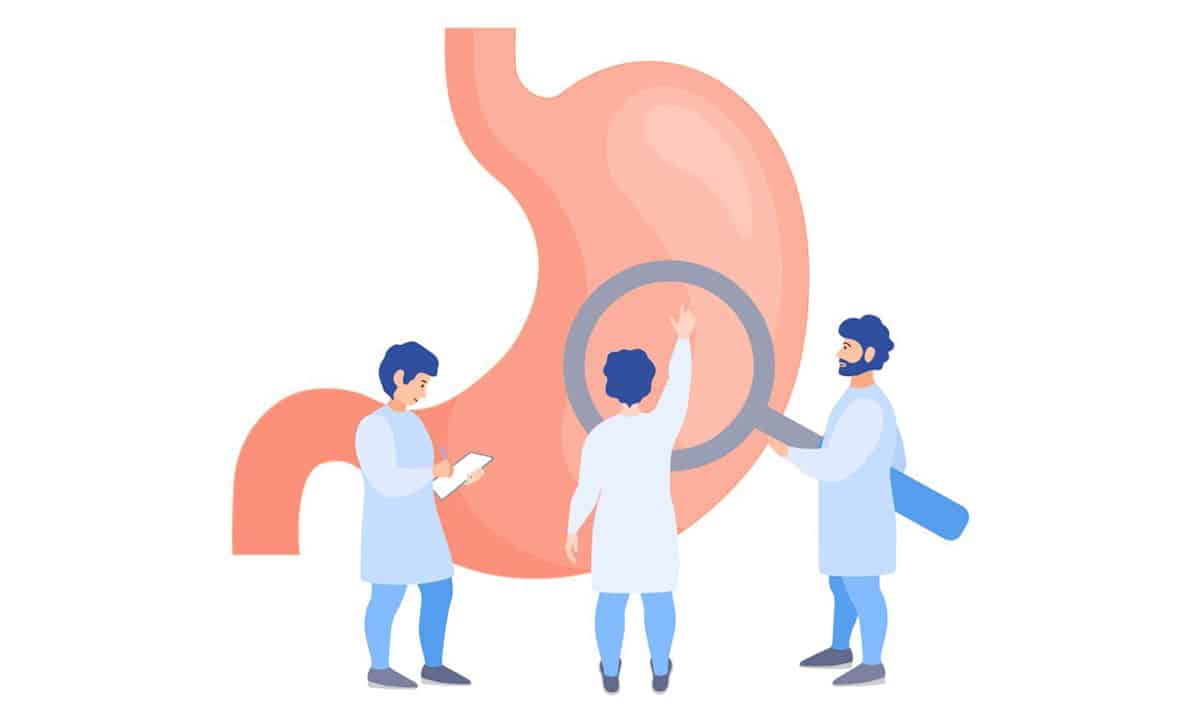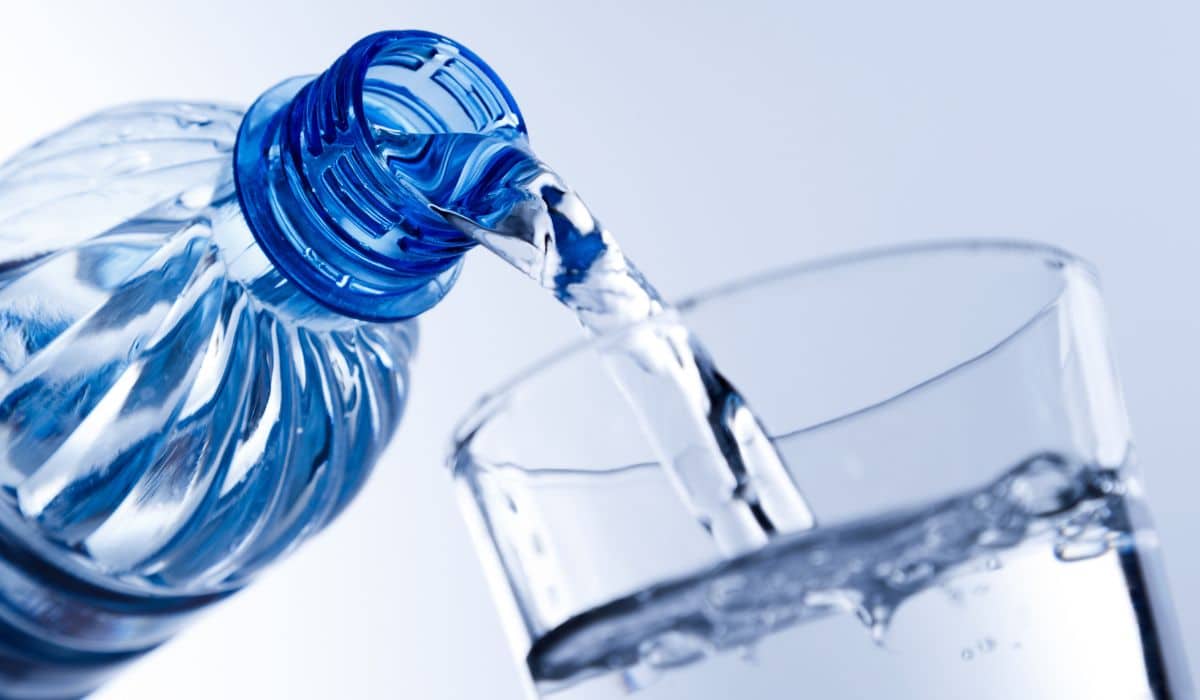
For people who switch to keto, GI issues are among the most common side effects. Constipation, diarrhea, bloating, abdominal cramps and pain, and all kinds of other unpleasant digestive symptoms are unfortunately problems that keto dieters often have to consider.
For the first couple weeks, there’s a lot of value in giving your body a little time to get used to the new regime. But for people who are still suffering - or if it’s so bad that you just can’t stand the “get used to it” advice, here are 6 suggestions for getting your gut on board with the new regime.
1. Understand what’s normal and what isn’t.
A lot of people get worried when they switch to keto and their bowel habits change, but unless the change is causing you problems, you might not have any reason for concern.
For example, a lot of people find that they defecate less frequently and that they have much smaller stool volume on keto - but that’s totally fine. It just stands to reason that if you’re eating less bulky carb-dense food, then your stools will be smaller because there’s less to pass out the other end. There’s nothing to worry about here: it’s just the natural result of low-carb eating.
Here’s a quick checklist:
Normal:
- My stools are smaller/lower in volume
- My bowel movements are less frequent, but I don’t feel blocked up or uncomfortable
Not normal:
- I have to strain to defecate
- I’m gassy, bloated, or constantly belching.
- I’m having abdominal pain/discomfort.
- I’m having diarrhea.
So if you're in Camp Normal, close the tab and go enjoy your happy GI tract. If you're in Camp Not Normal, keep reading for some suggestions for making keto work better for your body.
2. Tone down the coconut products and other MCTs.
Coconut oil is rich in medium-chain triglycerides (MCTs), which are fats with particular properties that make them great for ketosis. MCTs are digested really fast and because of the way your body uses them for energy, having a lot of MCTs in your diet can help you maintain ketosis even with a higher level of carbs and protein.
But because they’re so rapidly digested, MCTs can also cause abdominal cramps and diarrhea. This is especially true if you’re not used to them and then suddenly start mainlining coconut oil and MCT supplements: it’s a big shock to the system.
The solution: ease up on the MCTs and MCT-rich foods, then slowly add them back in.
3. Know when increasing fiber can help...
Fiber doesn’t just “bulk up” your stools. Some types of fiber (soluble fiber) form a kind of lubricating “gel” in the colon that makes stool easier to pass. Other types of fiber feed the gut bacteria that control digestion, which can help keep things moving smoothly. If you cut back on those types of fiber, the sudden change might cause real problems, more than just the non-problem of having smaller stools. Other types of fiber in grains and legumes (insoluble fiber) also give the illusion of helping by irritating the lining of your colon and forcing it to produce mucus in response.
If you were previously eating a lot of fiber but cut down on keto, you might be experiencing symptoms either because the genuinely helpful fiber types are gone from your diet or because you’re not tearing up your colonic lining with tons of insoluble fiber any longer.
Getting more of the good fiber fiber from whole foods is clearly the front-line strategy here (if nothing else, you’ll be getting lots of good nutrition along with the fiber, which you can’t get from Metamucil!). Fiber-rich vegetables are the obvious first-line choice, but even fiber-rich vegetables come with some carbs attached, and the carb limitations of keto don’t always allow for huge piles of vegetables at every meal.
If adding more vegetables doesn’t help or isn’t an option, researchers running some studies on keto diets (like this one), have prescribed extra fiber for constipation, without reporting that this compromised the effects of the keto diet. One decent choice on the supplement front is psyllium husk.
4. ...But also when reducing fiber can help.
#3 above applies to people who switched to keto from a “good” (by Food Pyramid standards) diet with tons of whole grains and vegetables. But maybe that isn’t you! Maybe you switched to keto from a diet of Hot Pockets and takeout. In that case, you might actually be having symptoms because you increased some specific types of fiber in your diet.
The most likely culprits are FODMAPs. You can read more about these types of fibers here, but the short story is that some people can’t digest them properly.
Foods rich in FODMAPs include a lot of low-carb keto staples, like cauliflower (used as a substitute for grains in cauliflower rice, cauliflower pizza crust, etc.), broccoli, garlic, onions, and cabbage. So if you switch to keto and start eating a lot more vegetables, you’ll likely also be eating a lot more FODMAPs.
Not everyone is sensitive to FODMAPs. Some people can eat them with no problems. But in sensitive people, reducing FODMAPs can help manage problems like...
- Diarrhea: People with diarrhea often see dramatic symptom improvements from reducing FODMAPs
- Flatulence: This study found that adding “high-flatulence” FODMAP-rich foods (like garlic, artichokes, cauliflower, broccoli, and cabbage) to subjects’ diets caused a rapid increase in gas production and destabilized the subjects’ gut bacteria. On the other hand, a "low-flatulogenic” diet with minimal amounts of these foods rapidly improved gut symptoms.
- Bloating and GI pain: in this study, subjects on a low-FODMAP diet experienced significantly lower bloating and other GI symptoms.
There’s an easy test to see if FODMAPs are causing your problems: focus on low-FODMAP vegetables like zucchini or spinach for a while and see if it helps. Here’s a simple chart of low and high-FODMAP foods from the Cleveland Clinic. If reducing FODMAPs helps, you can slowly add back FODMAPs foods into your diet to see how much you can tolerate.
5. Drink more water, especially mineral water

Mineral water is a great idea for keto anyway, because a keto diet increases your need for electrolyte minerals. But if you’re struggling with constipation, research shows that fluids might be just as important as fiber.
Some studies (like this one) have actually found that liquid consumption is a better predictor of constipation than fiber consumption. If you don't drink much water, upping your game on the fluid front might be all the change you need. But this study took it to a new level by giving subjects magnesium-rich mineral water (half a liter or a whole liter per day, not all the water they drank). The mineral water significantly reduced constipation and improved subjects' GI symptoms.
The great thing about this strategy was that the mineral water delivered the benefits of magnesium without the reported drawbacks. Magnesium is well-known as an osmotic - it draws water into the colon, which makes stools softer and easier to pass. But with most types of magnesium supplements, there’s a risk of going too far in the opposite direction and causing diarrhea. The mineral water group in this study reported softer stools and less constipation, but no diarrhea
6. Consider your supplement options
From a Paleo-keto perspective, it’s always ideal to get nutrition from food - and high-quality animal foods do provide plenty of essential nutrients for gut and digestive health - but there are some supplements that might be helpful for digestive issues on keto.
- If your food feels like it’s sitting like a brick in your stomach or you get full too fast during meals, try digestive enzymes.
- If you want general digestive support, try prebiotics or probiotics
You could also go in for probiotic foods, like sauerkraut and kimchi, which are delicious on top of helping your gut bacteria grow!
What's your favorite trick for keeping your gut happy on a keto diet? A lot of things, like bone broth or ginger tea, have strong anecdotal support even though there aren't many studies. Let us know your favorite home remedy on Facebook or Twitter!





Leave a Reply